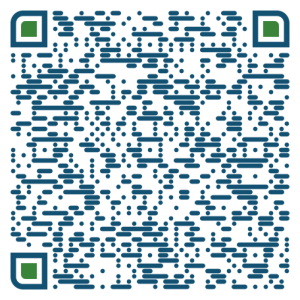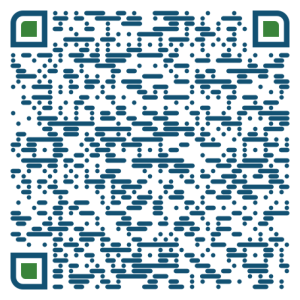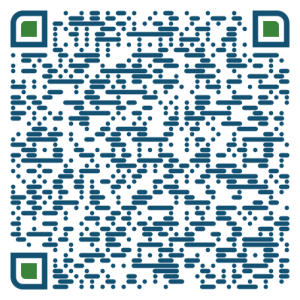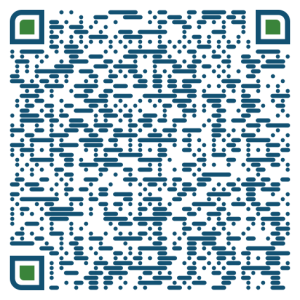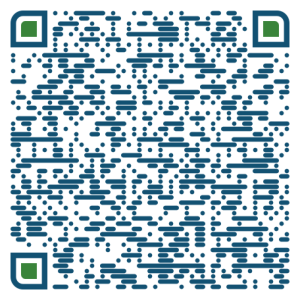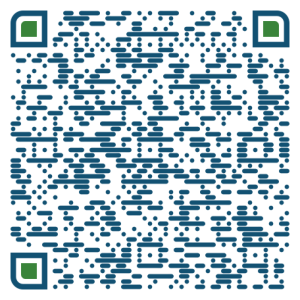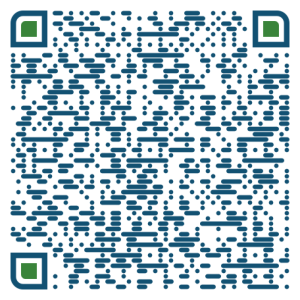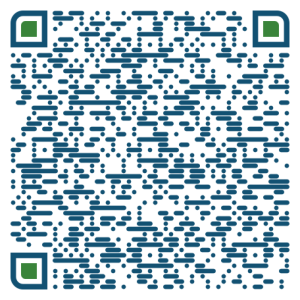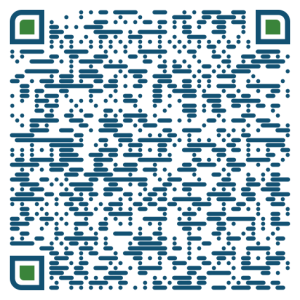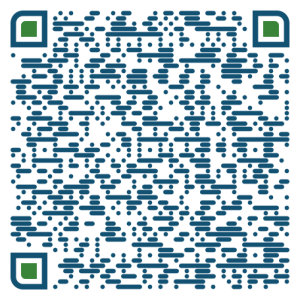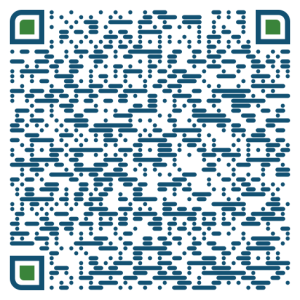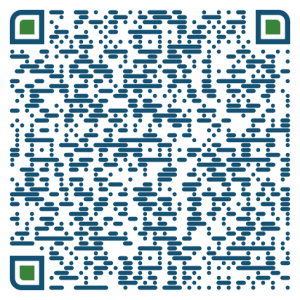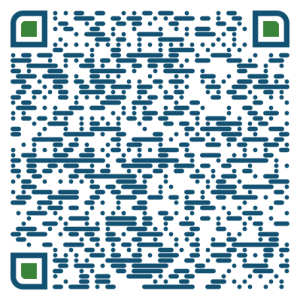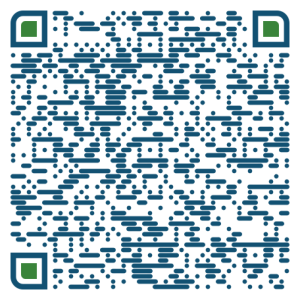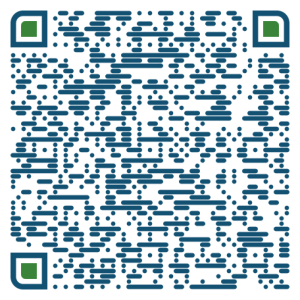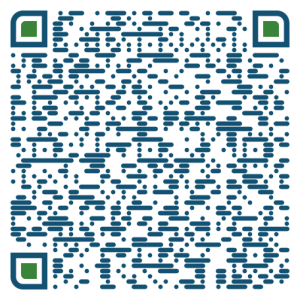It’s a Good Day to Be Indigenous
By Amanda Kahgee
National Indigenous Peoples Day in Canada is a day for many Canadians to learn about the country’s Indigenous Peoples; First Nations, Inuit, and Metis. It is an opportunity to learn about their histories and cultures. However, for many of Canada’s Indigenous peoples, like myself, it is a reminder of our resilience to overcome the adversities of colonialism, oppression, and assimilation. It is a day for us to reclaim our identities through practicing our culture, ceremonies, experiences, and stories. It represents hope for our people’s future and the healing of our nations, and generations.
For centuries, Indigenous peoples have faced the adversities of colonialism, oppression, and assimilation. Throughout history our ancestors have faced the near decimation of our population due to diseases brought through European contact. Those who survived would struggle to maintain their way of living as growing European settlements displaced them from their lands. Although most of these land acquirements were made through treaties, most of these agreements were unfavourable for the First Nations involved. When the Indian Act was introduced in 1876 it would become instrumental in further oppressing Canada’s Indigenous peoples by removing their rights to practice their culture, spirituality, and ceremonies. However, perhaps the most painful of adversities faced by Canada’s Indigenous peoples, was the attempt to assimilate First Nations children through efforts such as the residential school system, and later the 60’s scoop.
My people have been mourning these atrocities for centuries. Studies have shown that massive generational trauma can be passed down for generations. For many First Nations, we believe these traumas will take 7 generations to heal. [i] Although the steps to healing have begun for many of Canada’s First Nations with efforts such as The Truth and Reconciliation report, much more is needed to be done. More education is needed to help break the stigmas surrounding Canada’s Indigenous peoples by giving understanding and, hopefully, compassion to the adversities we still face today. More opportunities for holistic cultural-based healing are helping our First Nations, who have faced generational trauma, reclaim their cultural identities and provide an anchor for transformational healing. [ii]
When examining what Indigenous People’s Day meant to me, I felt it best speak from my own experience and how it parallels with what I believe Indigenous Peoples Day represents. It is a day to celebrate and remember our resilience as a nation; reclaim our cultural identities and bring hope to our healing generations.
Reflecting on my experience as a First Nations person, and how I have been affected by colonialism, I was reminded of my own journey. Growing up I remember at a very young age feeling the shame of the stigma of my people on some occasions when I would go for outings with my mother in the neighbouring town of Southampton. It’s a strange feeling to reconcile at a young age, but underneath was also a burning pride. I was incredibly proud of my Indigenous heritage.
I was born and raised in Saugeen First Nation. I’m unsure of my grandparents’ experiences in residential school, but I do know that they both attended. Both were fluent in the language, with my grandmother contributing to an Ojibwe language dictionary some many years ago. However, neither of them ever spoke the language to their children. My grandfather did teach my dad how to hunt and fish, but beyond that I am not sure of how much culture they shared with them, largely I believe, because of fear. Therefore, my father could not pass on these cultural teachings as they had not been passed down to him and my siblings and I have had to reclaim our cultures.
We have immersed ourselves in learning our language, culture and ceremonies through education, Indigenous leaders, voices, and experiences. More importantly, we are ensuring we are passing on our knowledge to our children, so they do not have to go through the same reclamation process my siblings and I did.
I remember my very first lecture in university. I was taking an academic bridging program at the University of Toronto, and I had selected Canadian History. I don’t even think it was my first choice, but there I was expecting to learn history told from the same colonial perspective. For the next few hours my professor delivered the most impassioned encounter of the effects of colonial history on Indigenous peoples. There was pin drop silence. The mood by the end of the class was extremely somber, and it took everything to contain myself from breaking down in tears and thanking this man for finally telling the true history of Canada. The version of history they didn’t teach you in public school; the version of history Indigenous peoples experienced as the effects of colonialism. This experience and many more have given me hope for the future of Canada’s Indigenous peoples. More Canadians are takin the responsibility to learn our history and they are listening to our voices.
My hope for the future of National Indigenous Peoples Day is to continue bridging the path to reconciliation through Indigenous education, culture, and shared experiences. My hope is the path to healing for my people will continue to be forged through truth and reconciliation because, “It’s a good day to be Indigenous.”[iii]
Chi-Miigwetch
References:
[i] Trauma can be passed down through generations | News | University of Calgary (ucalgary.ca)
[ii] Our Programs | Gwekwaadziwin Miikan
[iii] Estes, L. (producer), Rosenfelt, S. (producer), & Eyre, C. (Director). (1998). Smoke Signals. [Motion Picture]. United States: Miramax




